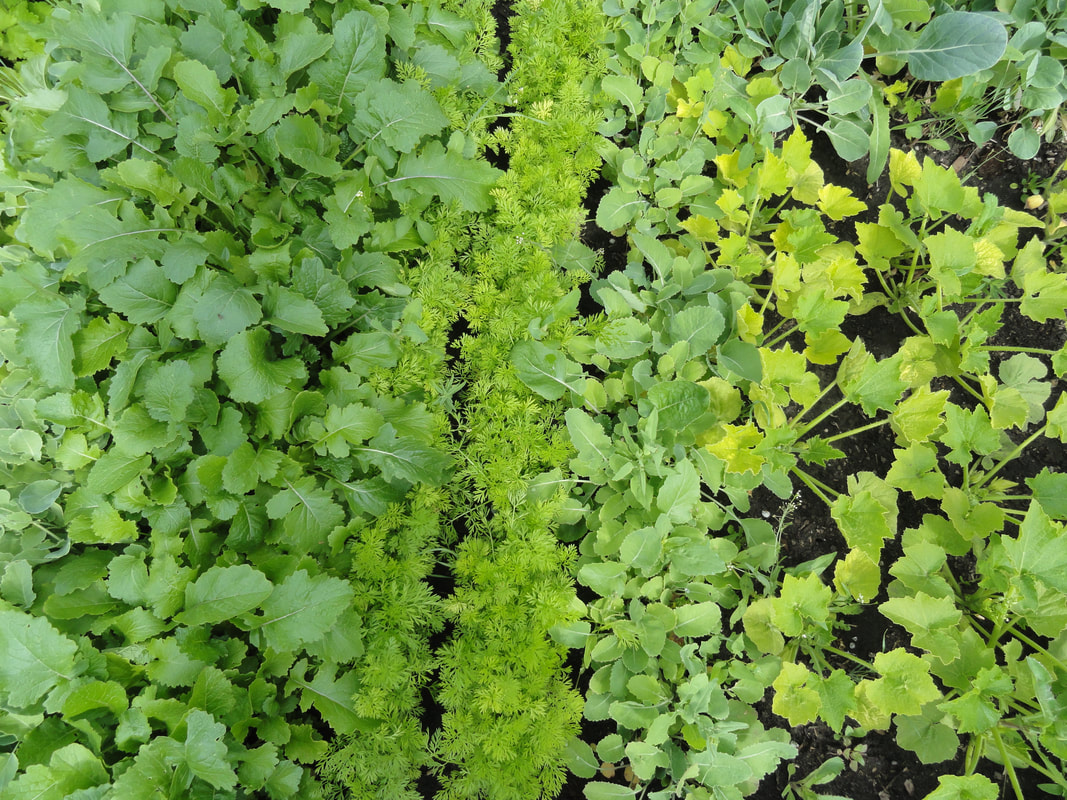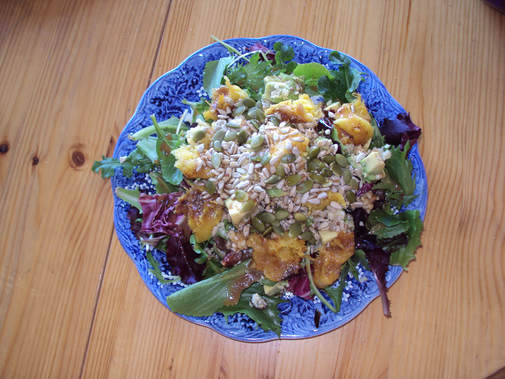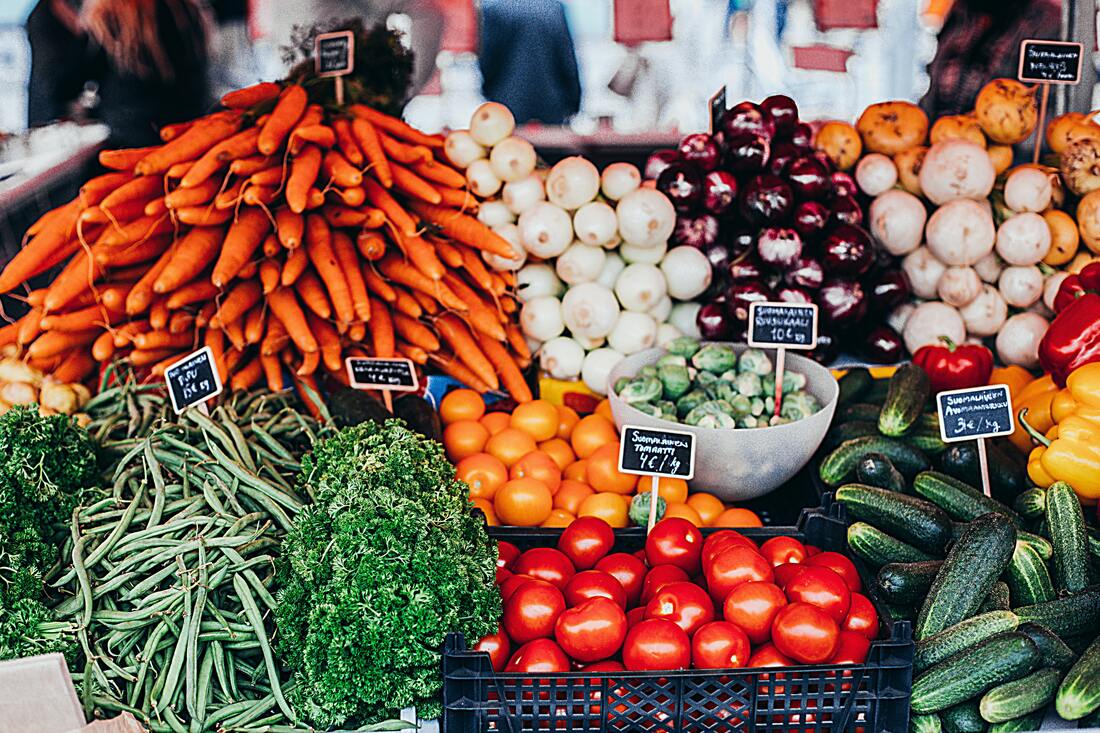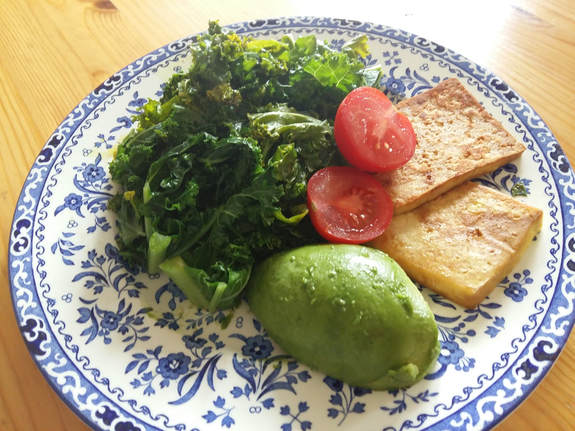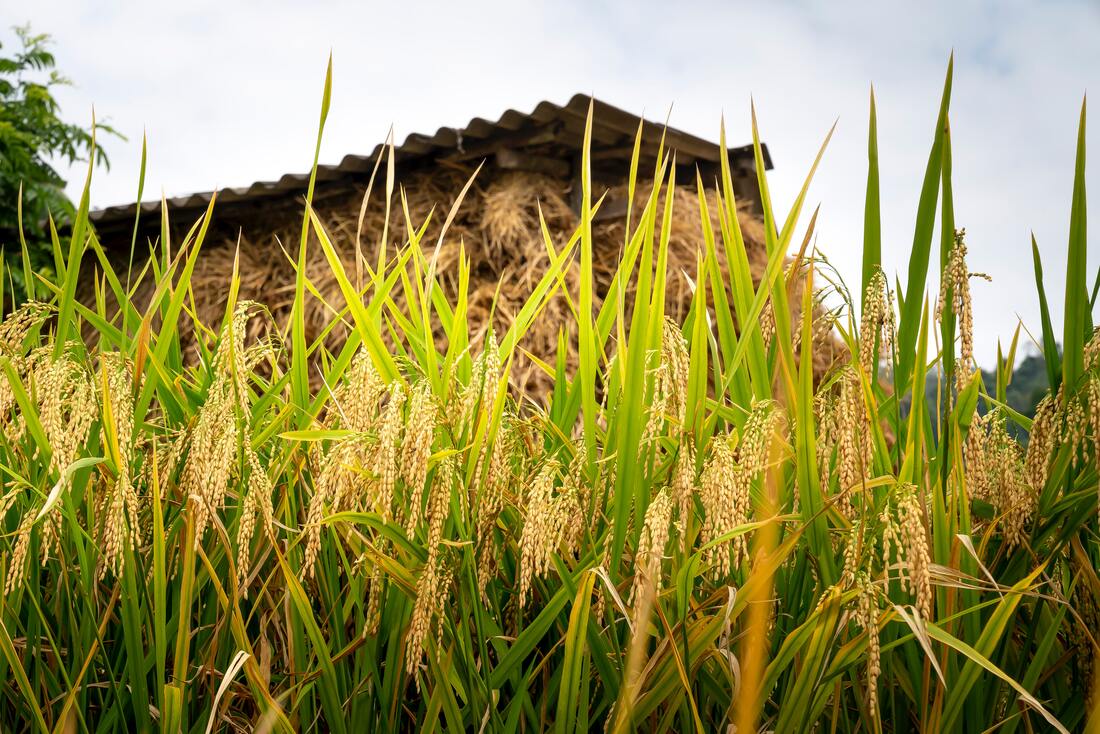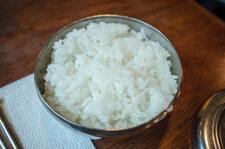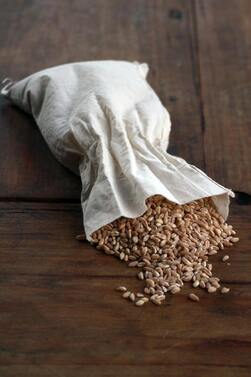In the summer we tend to eat lots of fresh fruit and veggies naturally. Farmers markets everywhere, maybe we dabble in the growing of the foods, and all our favourite; berry season!!!! Its natural. Then as fall approaches, we may choose warmer, comforting foods like casseroles, pastas, loafs, or whatever warms your belly and your soul.. I talk to a lot of people that say their veggie and fruit intake goes for a nose dive usually by the second week of September, oh rainy September.
Everybody knows the benefits of eating your fruits and veggies, but not enough Canadians are getting the recommended servings of 7-10 per day, or half your plate at every meal.
Some important reasons to fit more veggies in year round;
- They’re an Important Source of Nutrients. When your diet consists of eating a variety of vegetables, you’re fueling your body with many of the vital nutrients it needs to thrive. According to Health Canada's Food Guide, vegetables are rich in potassium, fiber, folic acid, vitamins A and C and more and should be a part of every meal. The promotion of half your plate still really hasn't caught on but we'll see more of that with the coming updates.
- They’re Low in Calories and Nutrient Dense. Vegetables are naturally low in fat and calories and help us to maintain a healthy body index. This means you can fill up on a lunch of veggies without worrying about going over your suggested daily caloric intake. This makes it easier to eat hearty meals without worrying about counting calories or going on diets, being full of real food like veggies nourishes your body and 2 positive things come from it, your body is satisfied with the nutrients it is getting and will stop searching for more, as well as the 'full from fibre' factor, they add energy, and productive enzymes, that brings me to my next point.
- They Promote Optimal Gut Function. Fibre is beneficial to the body in the sense that it can reduce the occurrence of bowel problems, such as constipation and help reduce the risk of certain cancers. Due to the water and fibre content in most vegetables these healthy foods nourish beneficial bacteria in the gut, which keeps it healthy and regular. Bifidobacteria, one of the many strains that make up your microbiome, is considered beneficial bacteria as they can help prevent intestinal inflammation and enhance gut health.(1)
- They’re Great for Immunity. Since vegetables are loaded with essential nutrients, they have a great reputation for boosting the immune system. Specifically, leafy green vegetables activate T-bet, a gene that produces immune cells in the gut, Those immune cells maintain immunity and inflammation, protecting the body from pathogenic bacteria, improving intestinal balance and prevent food allergies.(2)
- They’re a Natural Mood Booster. You know that following a diet rich in vegetables is great for your physical health, but have you considered how beneficial it is for your mental well-being? According to researchers at the University of Eastern Finland's Faculty of Health Sciences, following a diet that relies on nuts, whole grains, fruits, unsaturated fats and vegetables is better for mental wellness than one that consists of meat and dairy products. This may be due to the fact that vegetables and fruits are high in folate.(3) Colorful vegetables like dark leafy greens, red and yellow peppers, and sweet potatoes tend to have more vitamins, phytonutrients, and antioxidants compared to white potatoes or corn. Berries have been found to be particularly good for boosting mood. It’s important to eat a wide variety of vegetables and fruits to get the most diverse and balanced nutrients.
These are all great reasons why to eat your veggies and fruit but let's just cut to the how.
So here's my top 5 tips to get more veggies in through fall & winter.
1. Still Maintain Some Raw Veggies.
Even though we lean towards cooked foods through the colder seasons, we can still benefit from incorporating some raw foods. Chop cauliflower, broccoli, carrots, peppers, zucchini, or anything else you like in to a container to keep in the fridge with a bit of moisture to stay fresh. So easy to grap for lunches, quick snacks, and they will stay fresh through your school or work week.
2. Try Soups With a Veggie Twist
As a starter or a main a pot of soup in the fridge is always a quick and easy option for a delicious meal or snack, packed with nutrients and waiting to be slurped up. For a spicy option try my Green Curry Pho recipe. For something a little creamier, steam or bake any vegetable or squash of your choice, add coconut milk and himalayan salt for an instant hit. My favs are cream of butternut squash, or a fresh cream of mushroom, warms my soul up!
3. Don't Miss Out on Breakfast
Breakfast is a great opportunity to add some goodness to your day. whether its frozen berries in the pot of oats in the morning or adding extra veggies like kale and red peppers to your favorite scramble, don't miss this opportunity! I keep a jar of chopped scramble mix, usually consisting of onions, garlic, kale, red pepper, broccoli, in the fridge for those morning you have to get up and out early. If I happen not to use them by the end of the week they are bound for soup or stir fry town.
4. Know what’s in season.
In the winter, it’s really easy to fall into an apples and oranges rut because we think there’s not much else in season. But it’s just not true! There’s still a bounty of fun fruits and veggies to try, even in the winter months. Expand your horizons and check out what’s in season in your area. One of my favs in fall is brussel sprouts!
5. Crumble some cauliflower into your favorite dishes. It's casserole season and whether it's a wild rice and cheese, pasta or whatever your go to fav might be, shred some cauliflower into the recipe without changing the taste or texture. It also mixes well with scrambles, quiches, and lentil loafs, try it in your favorite meal and it might become part of the recipe! Another idea is to bake your casserole right in a seasonal squash. Try acorn or spaghetti squash.
For more yummy plant based recipes check out the recipe page.
In Health & Happiness,
Rebecca
References;
1)https://www.ncbi.nlm.nih.gov/pubmed/15647189
2)https://www.sciencedaily.com/releases/2013/03/130304105658.htm
3)http://epublications.uef.fi/pub/urn_isbn_978-952-61-1201-5/urn_isbn_978-952-61-1201-5.pdf
